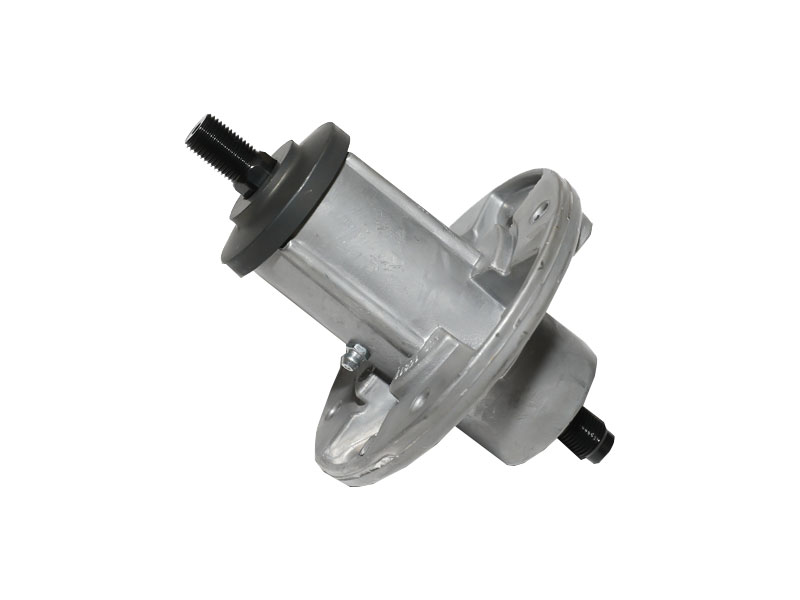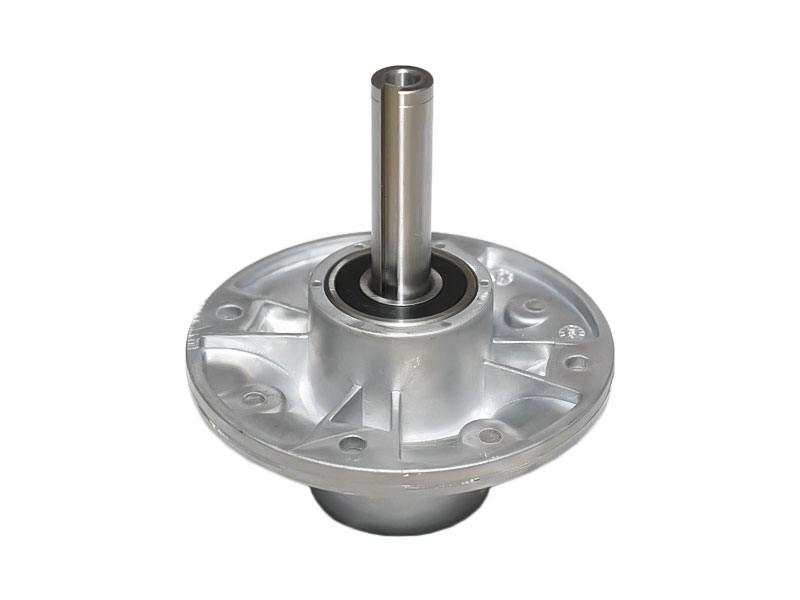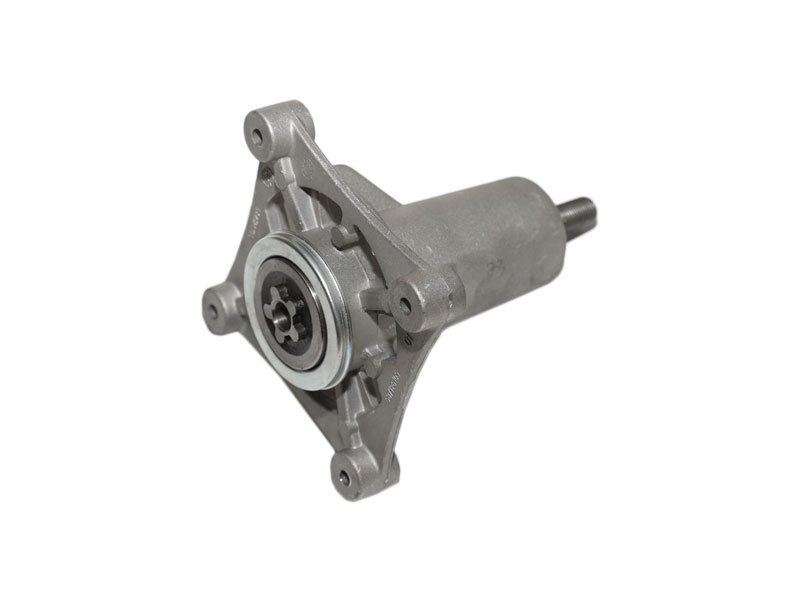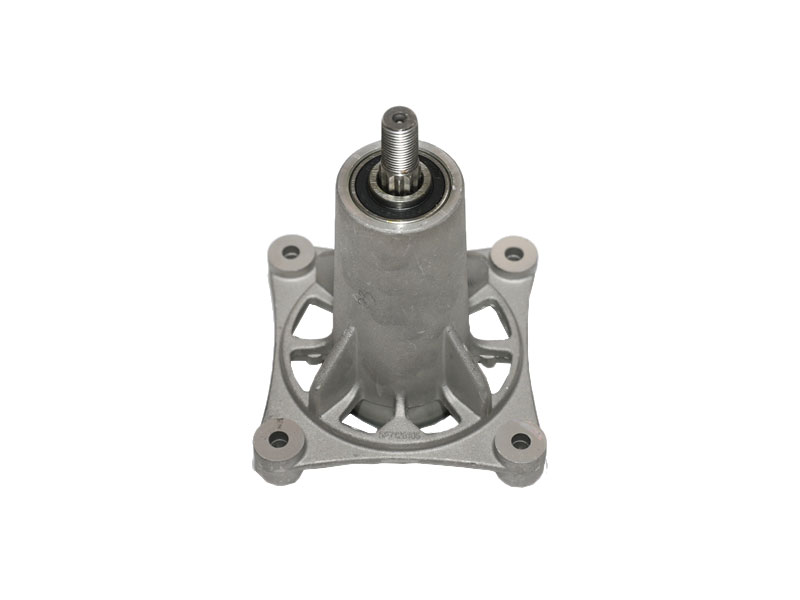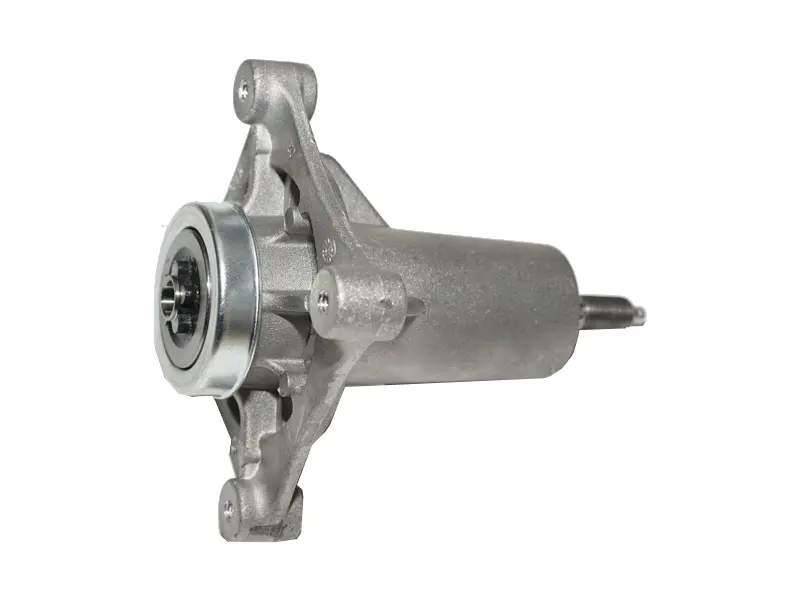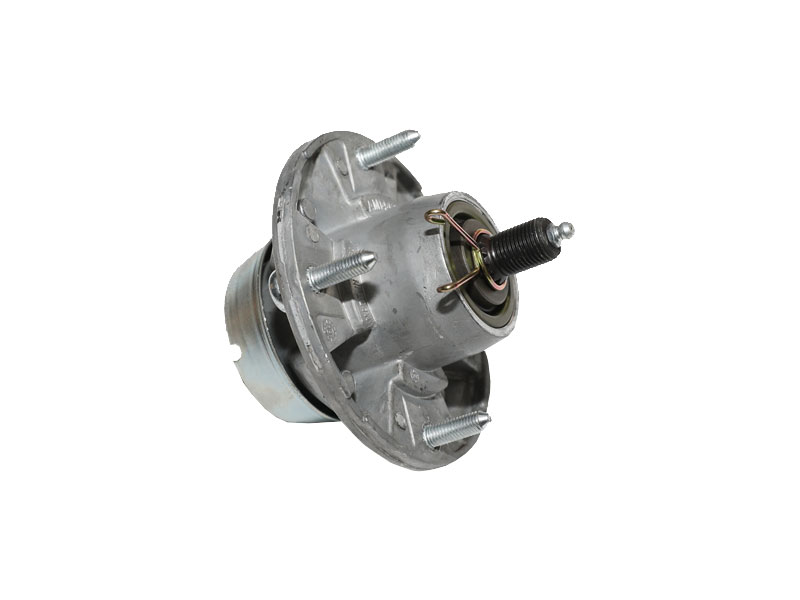Car shock absorbers can indeed be categorized into two main designs: twin-tube and monotube. These designs have different constructions and characteristics, and each has its advantages and disadvantages.
Twin-Tube Shock Absorbers:
Construction: Twin-tube shock absorbers consist of two cylindrical tubes, one inside the other. The inner tube is called the working tube, while the outer tube is the reserve tube or shell.
Operation: The working tube contains the piston and valving mechanism, which controls the flow of hydraulic fluid (usually oil) as it moves in response to changes in road conditions. When the wheel encounters a bump, the piston moves within the working tube, compressing the hydraulic fluid and providing damping.
Advantages:
Typically more cost-effective to manufacture.
Good for everyday driving and moderate performance applications.
Provide decent ride comfort.
Disadvantages:
Prone to aeration or foaming of the hydraulic fluid under heavy use (e.g., spirited driving or off-roading).
May not dissipate heat as efficiently as monotube shocks, potentially leading to fade under extreme conditions.
Monotube Shock Absorbers:
Construction: Monotube shocks have a single cylindrical tube that houses both the piston and the hydraulic fluid. They are typically larger in diameter than the inner tube of a twin-tube shock.
Operation: In a monotube design, the piston moves up and down within the single tube, compressing and expanding the hydraulic fluid. This design allows for more efficient heat dissipation and better control over damping.
Advantages:
Better heat dissipation, making them more suitable for high-performance and heavy-duty applications.
Less prone to aeration or foaming of hydraulic fluid.
Often more responsive and provide improved handling characteristics.
Disadvantages:
Typically more expensive to manufacture.
May provide a firmer ride, which can be less comfortable for everyday commuting.
The choice between twin-tube and monotube shock absorbers often depends on the vehicle's intended use and the driver's preferences. Everyday drivers looking for a comfortable ride might prefer twin-tube shocks, while performance enthusiasts and off-road enthusiasts might opt for monotube shocks for improved handling and durability. Additionally, factors like cost, maintenance, and available space in the vehicle's suspension system also play a role in the selection of shock absorbers.
 English
English 中文简体
中文简体 Español
Español svenska
svenska




